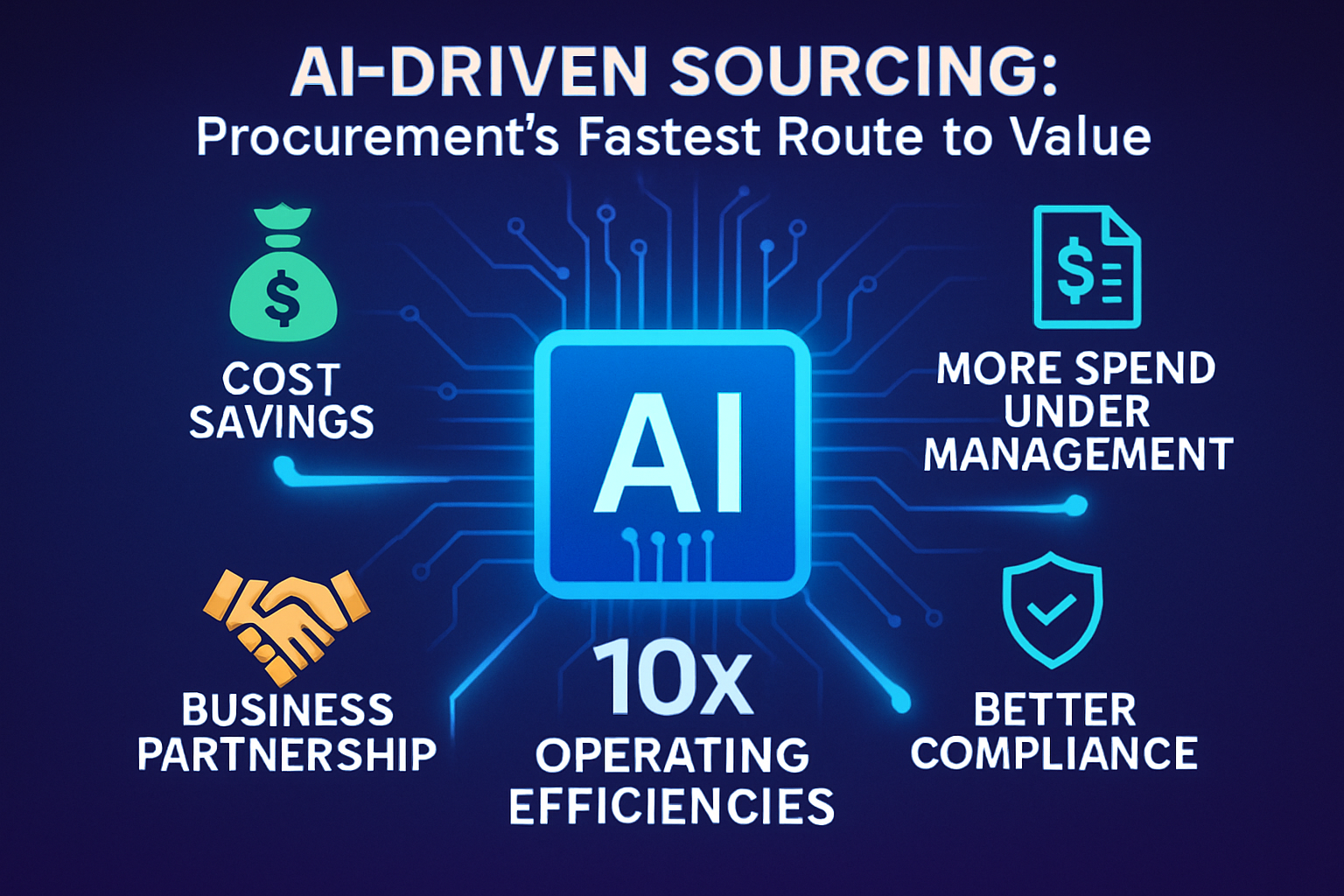Disrupt or Be Disrupted? How Transformational Procurement Leaders Are Making a Difference

In our rapidly changing environment, how can procurement become a driving force for change and a strategic partner to deliver value to the business beyond traditional cost savings? It is now imperative for leaders to fully leverage digitization to become an equal in the business and deliver the “consumerization” of procurement so stakeholders have a fast, simple, and seamless experience.
This was the focus of a Leadership Challenger session that Procurement Leaders and Globality moderated at the recent World Procurement Congress Virtual 2020 with digital procurement futurist Elouise Epstein as the featured guest. The thought-provoking roundtable with eight global CPOs and procurement executives centered on the challenges and opportunities that procurement is facing as businesses worldwide accelerate their digital transformation. Leaders are using this unprecedented time to reinvent the function, bringing new approaches and ways of working to their organizations.
Here are a few key takeaways from the session:
Societal Trends Are Increasing Pressures on Procurement
Elouise shared insights from her book Disruptive Procurement: Winning in a Digital World and other recent research on how societal macro trends like the demand for greater social responsibility, growing nationalism, and the need for better health care are increasing pressure on businesses. In addition, a highly remote workforce where people are more connected while more autonomous, combined with an intensely competitive job market continue to affect the end-to-end value chain.
As a result, digital procurement innovation is now a baseline expectation or table stakes, with companies starting to disrupt the status quo, enabling procurement to shift from tactical execution to strategic partnership. Using sophisticated analytics, procurement can harness the service and supply base and use it for the common good. Leaders are creating ecosystems of innovative suppliers, reimagining the procurement and sourcing process, and delivering a consumer-like experience to the business stakeholder.
No one is better positioned than procurement to lead organizations in this kind of innovative thinking, inviting diverse suppliers that can bring the best to a company. There is no question where the direction is moving. The only uncertainty is whether companies will get there in three or five years.
Culture Needs to Shift to Make Room for Innovation
Another topic was changing the traditional procurement culture to make room for innovation. The longstanding procurement view needs to be challenged, putting people in a place of discomfort and forcing a shift in the current mind-set.
As one participant shared, “I want more agile teams. I want SWAT teams. I want to outsource some of the routine stuff. I want to put some categories on autopilot. We don’t have to source every category the same way.”
One idea discussed was completely rebranding the procurement function from the top down to better reflect the expanded scope and influence of the role. An analogy was made of the CPO increasingly being a copilot to others in the C-suite instead of one of the crew.
Leaders agreed disruption must start with them––that they must lead the discussion and shift away from the traditional bottom-line focus. Convincing people who aren’t on board with the concept of supplier collaboration and bringing more value to the company remains an opportunity. Leaders need to prove it through metrics so stakeholders see the value or they won’t believe it.
Others emphasized how procurement should let the customers speak for them—not only when they’re exuberantly positive but also when they have constructive feedback that can be incorporated into company operating models.
Constraints Must Be Removed to Accelerate Change and Risk-Taking
Although it has long been seen as risky, a good way to instigate change is to remove constraints from teams’ ambitions, allowing them to own and accept responsibility for their targets. The vast majority will do the right thing and bring diverse perspectives and approaches to getting more value from the supply chain.
The focus has shifted from policing what people do to enabling the operation to operate with greater agility, efficiency, and effectiveness. Companies can move much faster now that ex-post controls have proven to be an effective management system.
One CPO talked about how they ran an experiment where they did not tell their team what they wanted them to find. The only request of the group was to be deeply curious. After trying this with one category, the leader said that the team delivered triple the target, proving how easily people can be constrained by their own beliefs.
The pandemic has shown that organizations can change and change really quickly. One participant said, “I’ve found that over the past six to nine months, decision-making has become a lot faster. It may be that we need to create some other burning platform—not a disaster—but some other real event that would allow us to move digital platforms forward. If we keep banging on about savings and RFPs, we’re dead.”
One thing is clear: There are many calls to action that procurement can lead, and leaders are in a unique position at this moment to disrupt traditional operating models and processes and enable their organizations to drive meaningful growth and change.
***********************
Keith Hausmann is Chief Revenue Officer at Globality.



